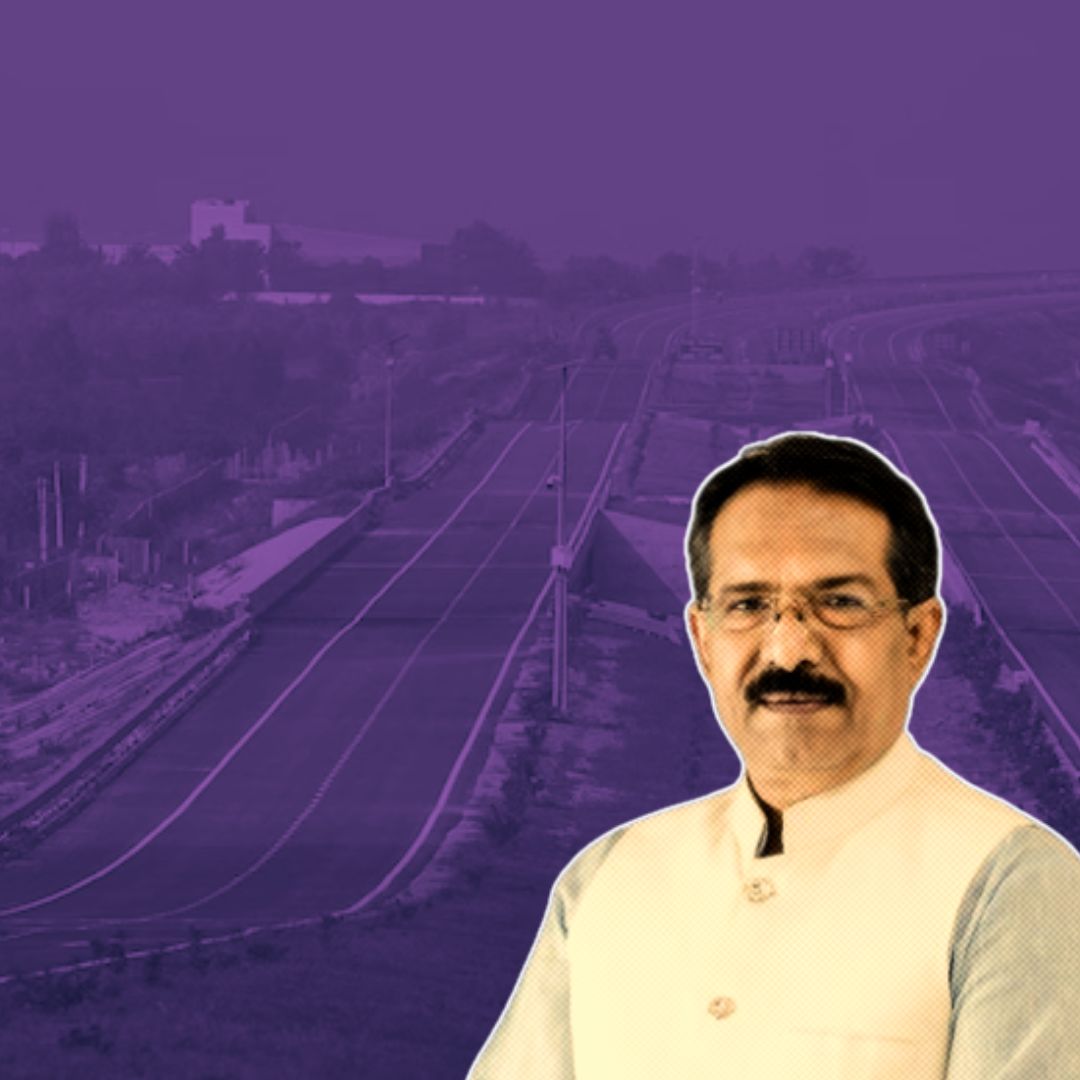The Delhi-Dehradun Expressway, a 210-kilometre high-speed corridor connecting the national capital Delhi to Uttarakhand’s capital Dehradun, is slated to open by late June or early July 2025.
This ₹12,000-crore infrastructure marvel will cut travel time from over 6.5 hours to just 2.5 hours, revolutionising connectivity for commuters, tourists, and businesses across Delhi, Uttar Pradesh, and Uttarakhand.
Union Minister of State for Road Transport and Highways Harsh Malhotra and officials from the National Highways Authority of India (NHAI) have confirmed that construction is nearly complete, with final testing and clearances underway. The expressway also features Asia’s largest wildlife corridor, ensuring ecological preservation alongside rapid development.
A Game-Changer for Travel and Economy in North India
Stretching from Akshardham in Delhi, the expressway traverses key districts including Baghpat, Shamli, and Saharanpur in Uttar Pradesh before culminating in Dehradun. It boasts 113 underpasses, 5 railway overbridges, 76 kilometres of service roads, 16 entry and exit points, and 29 kilometres of elevated roads to facilitate smooth traffic flow.
A highlight is the 340-metre tunnel at Datkali, designed to maintain uninterrupted travel through hilly terrain. Built for speeds up to 100 km/h, the expressway promises not only faster journeys but also enhanced safety standards. NHAI Regional Officer Mohammed Saifi recently stated, “With the majority of construction completed, we are conducting final quality checks and expect to open the expressway by early July.”
Minister Harsh Malhotra emphasised the project’s potential to boost tourism in Uttarakhand and stimulate economic activities by improving freight movement and regional accessibility.
Navigating Challenges and Prioritising Environmental Sustainability
The ambitious project has not been without hurdles. Land acquisition disputes in Mandola, Ghaziabad, remain pending in court, causing minor delays. Additionally, a pillar collapse incident in Saharanpur was promptly rectified without impacting the overall timeline.
Despite these challenges, authorities have maintained steady progress. Importantly, the expressway integrates Asia’s largest wildlife corridor, particularly over the ecologically sensitive Rajaji National Park. This corridor includes specially designed underpasses and fencing to allow safe animal crossings, minimising habitat fragmentation and human-wildlife conflict.
This pioneering approach reflects a growing commitment to sustainable infrastructure development, balancing rapid urbanisation with conservation.
The Logical Indian’s Perspective
The Delhi-Dehradun Expressway exemplifies how India can stride forward with infrastructure that respects both people’s needs and the planet’s wellbeing. By drastically reducing travel time and embedding Asia’s largest wildlife corridor, the project sets a benchmark for responsible development.
It highlights that economic growth and environmental stewardship are not mutually exclusive but can be harmonised through thoughtful planning and execution. As India embarks on more such large-scale projects, it is crucial to ask: How can we further embed empathy, coexistence, and sustainability into our infrastructure ambitions?









